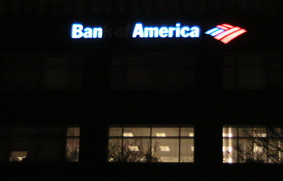Rev. John Murray Spear, the Universalist minister in New Bedford from 1837-1841, publicized the following anecdote (which I found in an online edition of the Universalist Union on Google Books). The Universalist Union for Saturday, December 26, 1840, reported:
“UNIVERSALISM IN DEATH. Br. J. M. Spear, of New Bedford, Mass, notices through the Trumpet, a striking instance of the power of Universalism in death. It was in the person of a Miss Matilda Alden, who died in New Bedford, on the 1st inst. She was in the morning of life — but 22 years of age. At the early age of 15, she joined the Christian society in that place. — Soon after she went to reside with an uncle in Boston. The Sunday before the old Murray meeting house, Br. Streeter’s, was removed to give place to a new house, a year or two since, she heard Br. Streeter pray, which so operated upon her mind that she rested not till she was able to see Christ as the Savior of all. Two years since she was thrown from a carriage and received injuries from which she never recovered, but has lingered, enduring severe pains, till her death as above noted. But she has borne it all with unexampled patience, and died ‘rejoicing in the hope of meeting a ransomed world in the regions of immortal blessedness.’ Br. Spear closes his letter as follows :
“‘The Sunday before she died, I observed to her that it was frequently said that Universalists always renounced their faith on a dying bed. She replied, “I have not a doubt that I shall meet the whole world in peace. I love every body, and my heavenly Father loves them better than I do.” About an hour before she breathed her last, I asked her if her faith remained unchanged? She signified her assent. She was then unable to speak. Afterwards she distinctly said, pointing to her friends who stood weeping around her, “I shall not come back to you, but you will all, all, all come to me.” Indeed, my brother, when standing by her bed-side, I could truly say, “It is better to go to the house of mourning, than to the house of feasting.” It is “my heart’s desire and prayer to God” that when I leave this world, I may die like Matilda, and that my last end may be like her’s [sic].’ ”

